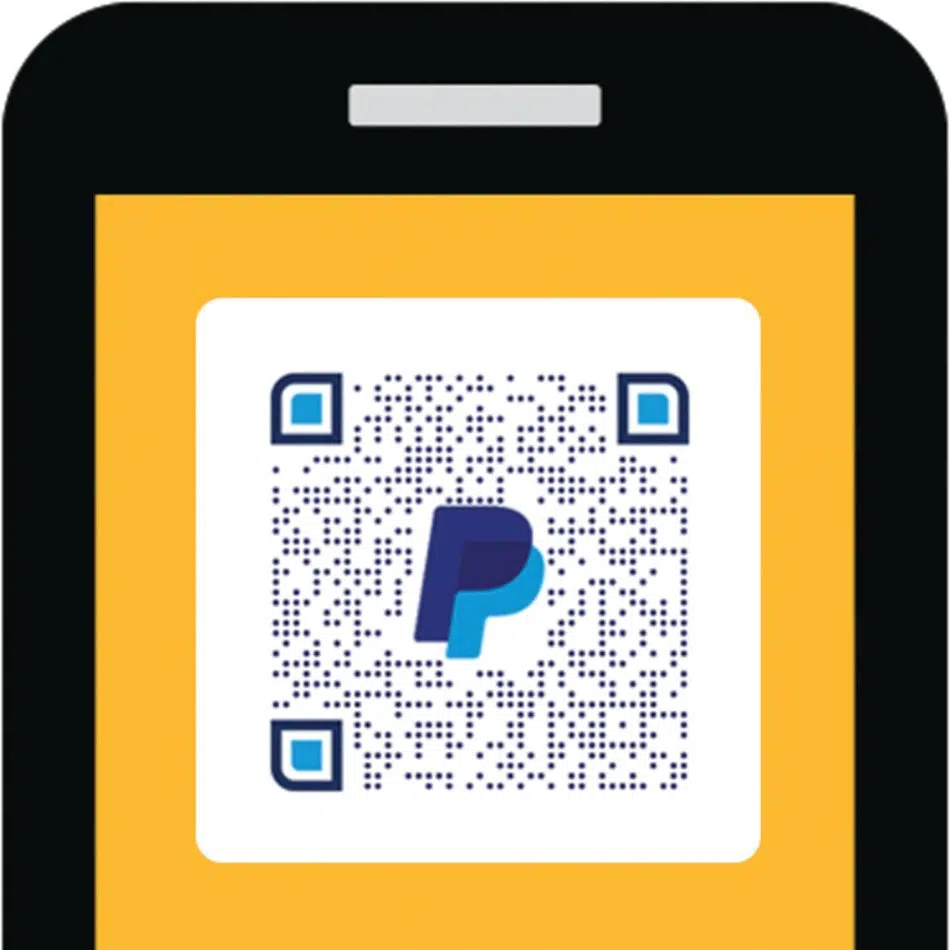In an effort to reach occasional and very small sellers struggling with restrictions imposed to deal with the novel coronavirus pandemic, PayPal Holdings Inc. on Tuesday launched a Quick Response code capability for its mobile app. The feature allows a buyer to scan a QR code displayed by a seller to make a purchase in a face-to-face transaction, very much as users of the China-based services WeChat Pay, Alipay, and similar technologies can do.
The capability is rolling out in the United States and 27 other global markets, PayPal says, and will be free to start with. In the U.S. market, sellers can use the app free until July 31, after which they will pay 1.9% plus a dime per transaction, according to a PayPal spokesperson.
As with recent moves to beef up contactless-payment installations, PayPal’s latest gambit is aimed at reducing or eliminating the need for buyers to touch or handle any equipment controlled by the selling party. But it’s also aimed at protecting sellers. “This solution is geared more for people who do not have a dedicated point-of-sale terminal or maybe are uncomfortable handling cash from someone they don’t know,” says the spokesperson. “Think about a farmers market. The seller can print the QR code, fasten it to their table, and a shopper can scan, insert their payment amount, and pay without physically interacting with the seller.”

But some observers see a possible thrust against competitors like Square Inc., which from its start 10 years ago has specialized in enabling card transactions for micromerchants, though with a simple dongle rather than with QR codes. “It’s an intriguing offering for micromerchants, a space traditionally dominated by Square,” notes Thad Peterson, a senior analyst who follows mobile payments for Aite Group, a Boston-based consultancy. “Printing a QR code is a lot simpler than acquiring and using a payment dongle.”
The spokesperson denies any intent to compete with other payments providers. Instead, PayPal executives say the company is responding to rising demand for digital payments in the midst of the pandemic. “We have seen a surge in demand for digital payments to transition to include new and safe solutions for in-person environments and situations,” said John Kunze, senior vice president of branded experiences at PayPal, in a statement. “Our rollout of QR codes for buyers and sellers incorporates the safety, security, and convenience of using PayPal in person and enables ongoing social-distancing requirements and safety preferences.”
While point-of-sale terminal penetration is very high in the U.S. market, the new service appears aimed at a more occasional seller market, Peterson says, that lacks the volume to justify point-of-sale technology, particularly in overseas venues. “It’s very smart for them to implement this capability, as it overcomes the challenges of achieving critical mass through POS terminals,” he notes. “It should be very successful in markets with limited penetration of POS-terminal technology, or where QR is already a standard payment alternative.”





